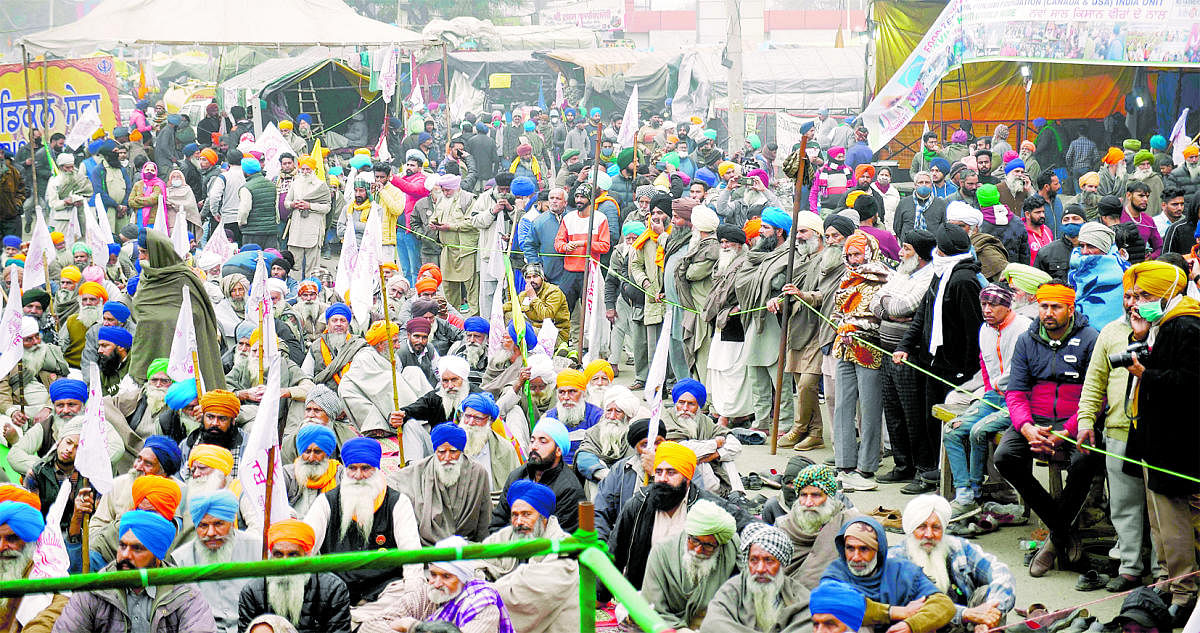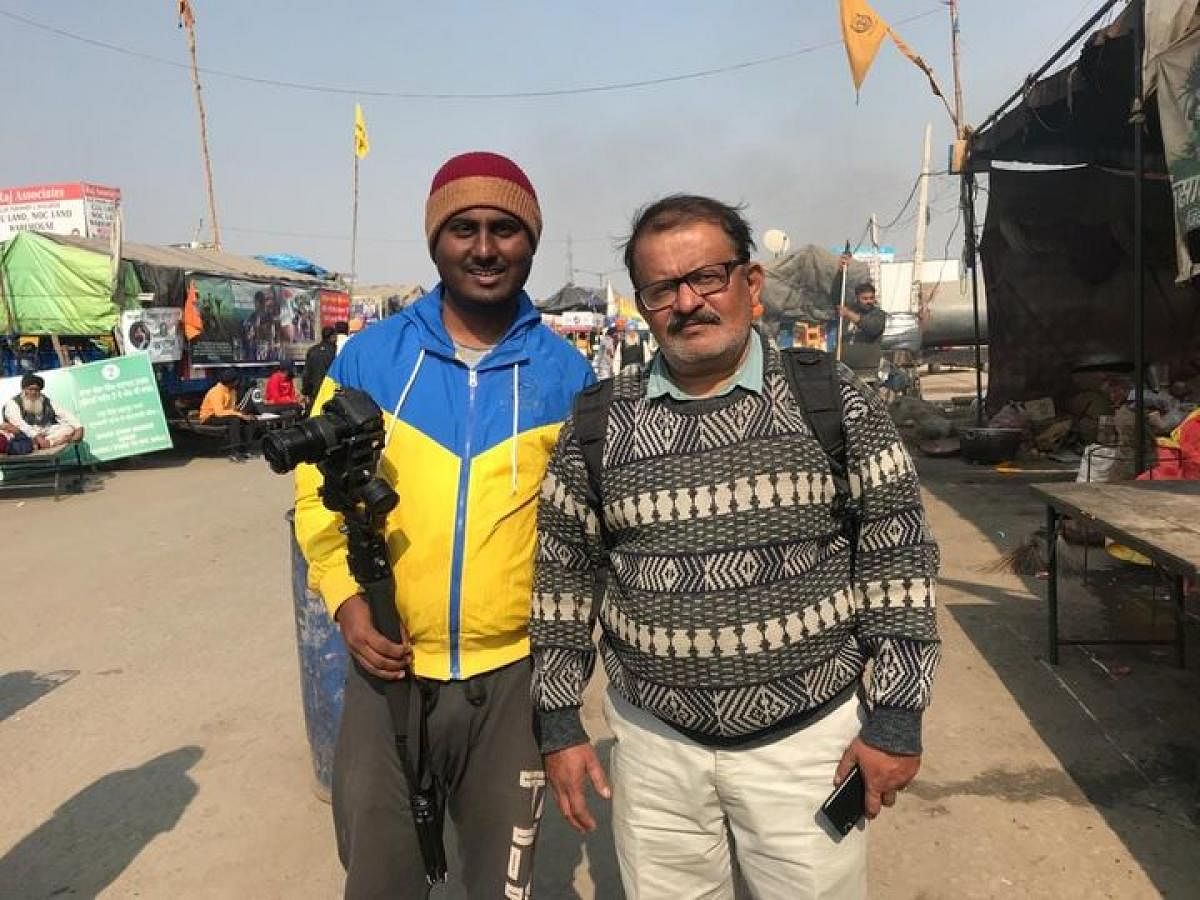

The same week an SUV allegedly driven by a minister’s son ploughed into a group of farmers and killed four, critically acclaimed filmmaker Kesari Haravoo screened his documentary film about their ongoing agitation.
The Kannada version of the 85-minute film 'Kisan Satyagraha' discusses why farmers are upset with three new farm laws the government wants to implement. Haravoo screened the Kannada version of the film at Karnataka Chalanachitra Kalavidara Sangha on October 9, and is now busy giving the finishing touches to English and Hindi versions.
Haravoo is a recipient of the National Award for his debut feature film 'Bhoomigeetha' (Song of the Earth) in 1997. The film was shown at the Sao Paulo International Film Festival in 1998, and his documentary 'Wither Gundia?' was screened at the UN Conference on Forests in Istanbul in 2013. Haravoo has been working with grassroots communities and making feature and non-feature films about their problems.
His 'Aghanashini and her Children' (2006) is about the socio-economic and environmental importance of the river Aghanashini, which faced a threat when National Thermal Power Corporation proposed to set up a mega-thermal electric project on its estuary at Tadadi, near Gokarna. In 2016, Haravoo made ‘Raitha Sanghada Puttannaiah’, a documentary on the farmers’ movement in Karnataka with a focus on its leader K S Puttannaiah. He says he could not stay aloof from documenting the protests against what the agitating farmers call ‘black laws’.
“Given my long engagement with farmers and agrarian communities, I could not stay away. I stand by them, and this protest is as much mine as theirs. I have tried to look at the agrarian and environmental crisis the country is facing through the prism of this historic farmers’ protest,” he says.
Haravoo began shooting the film on December 4 last year, when the Delhi Chalo sit-in had just begun. The first thing he noticed was that the agitation was not bigger in scale than the earlier ones, but farmers, especially those from Punjab and Haryana, had a better understanding of what they were up against. And it was not glum like some previous agitations.
“When you are there, you become an active part of the celebration of democracy,” he says. He also saw a reassuring picture of diversity, of “Sikhs, Muslims and Hindus eating together; Punjabis, Tamils and Marathis holding hands of Kharibolis and Kannadigas, and Haryanvis and Punjabis resting together under their tractor trailers, forgetting their long-unresolved river water dispute.” He sees on the border of Delhi a picture of their resilience and determination. “Farmers are no longer quiescent, compromising or passive receivers,” he says.
Kesari has painstakingly shot the film with his cameraman N Praveen Kumar against difficult odds. Finding the money was a problem, and so was shooting when the pandemic had driven most people indoors, and scuttled production activity. His friends pooled in money so that he could go back to Delhi to shoot the tractors’ parade on January 26.
Haravoo’s documentary covers, towards the end, the Lakhimpur Kheri violence, where eight people, including four farmers, were killed. In his opinion, the top leaderships of the BJP both in Uttar Pradesh and at the Centre have totally failed to grasp the seriousness of this peoples’ movement. Far from fizzling out, he says, the protests have become more organised and strategies are in place for the long haul.
(The writer is a Bengaluru-based senior film critic).